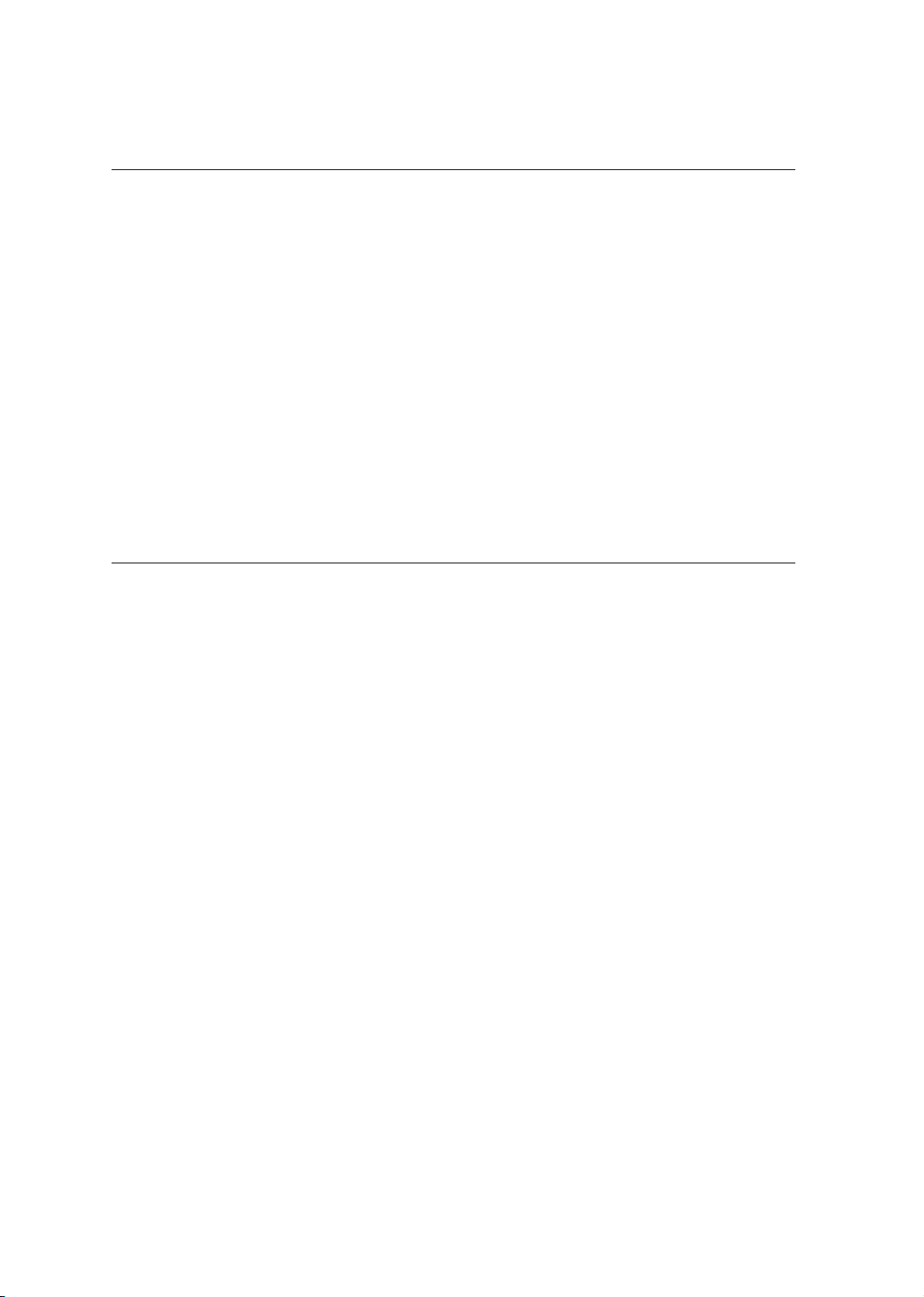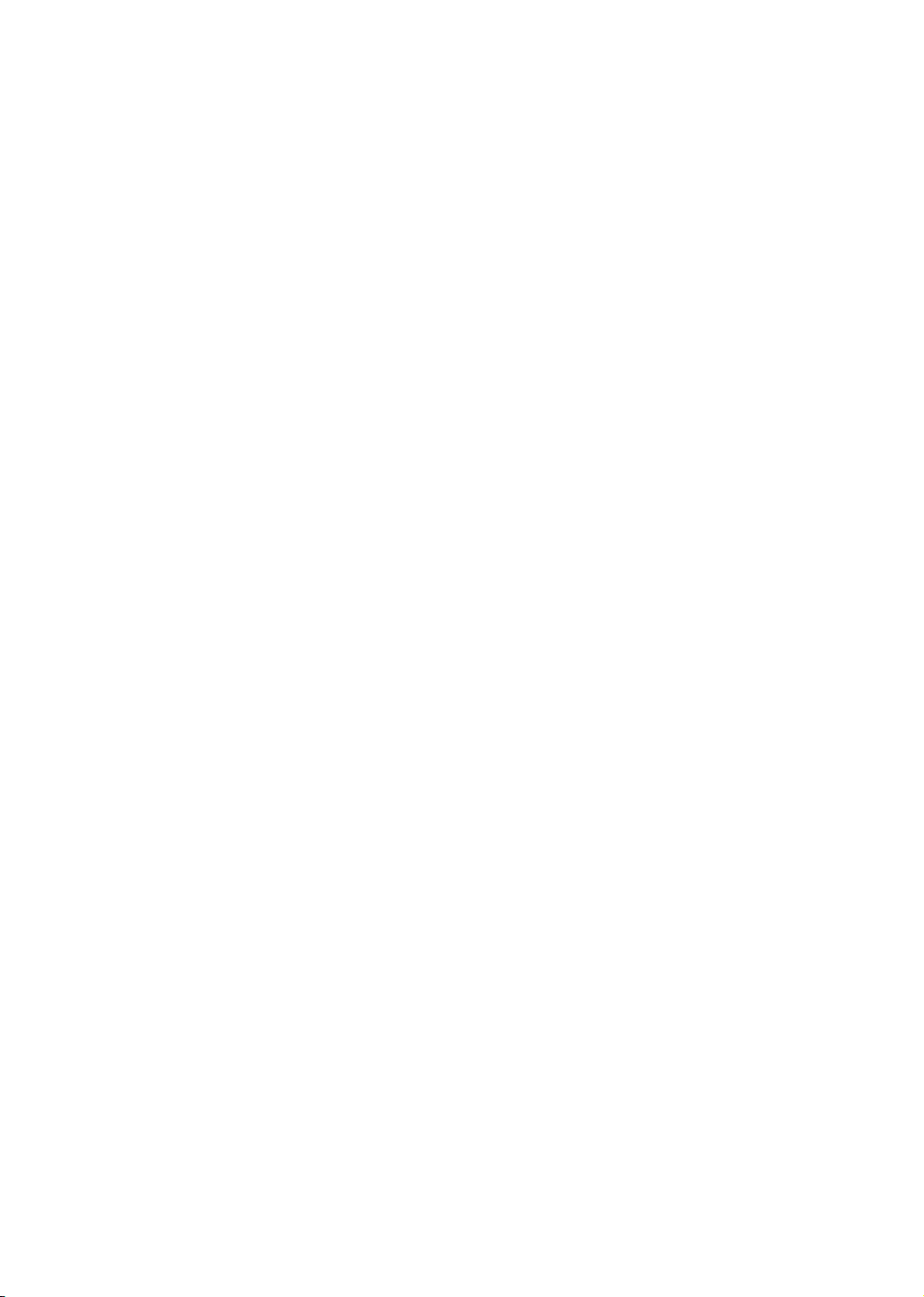CACI No. 1220. Negligence - Essential Factual Elements
Judicial Council of California Civil Jury Instructions (2023 edition)
Download PDF
1220.Negligence - Essential Factual Elements
[Name of plaintiff] [also] claims that [he/she/nonbinary pronoun] was
harmed by [name of defendant]’s negligence and that [he/she/nonbinary
pronoun/it] should be held responsible for that harm. To establish this
claim, [name of plaintiff] must prove all of the following:
1. That [name of defendant]
[designed/manufactured/supplied/installed/inspected/repaired/rented]
the [product];
2. That [name of defendant] was negligent in [designing/
manufacturing/supplying/installing/inspecting/repairing/renting]
the [product];
3. That [name of plaintiff] was harmed; and
4. That [name of defendant]’s negligence was a substantial factor in
causing [name of plaintiff]’s harm.
New September 2003; Revised December 2012
Directions for Use
Use this instruction to allege a manufacturing or design defect under a negligence
theory. Also give CACI No. 1221, Negligence - Basic Standard of Care. If a defect
is also alleged under a theory of strict liability, include “also” in the first sentence.
For an instruction on negligent failure to warn, see CACI No. 1222,
Negligence - Manufacturer or Supplier - Duty to Warn - Essential Factual Elements.
This instruction may also be given in an action against a defendant who is alleged
to have negligently supplied, installed, inspected, repaired, or rented the product.
Presumably, the judge will have already determined that the defendant owed the
plaintiff a duty because the product was of a type that could endanger others if it
was negligently made. (See Ky. Fried Chicken of Cal. v. Superior Court (1997) 14
Cal.4th 814, 819 [59 Cal.Rptr.2d 756, 927 P.2d 1260] [existence of a duty is a
question of law for the court].) Accordingly, no duty element is included in this
instruction.
Sources and Authority
• “As with an action asserted under a strict liability theory, under a negligence
theory the plaintiff must prove a defect caused injury. However, ‘[u]nder a
negligence theory, plaintiff must also prove “an additional element, namely, that
the defect in the product was due to negligence of the defendant.” ’ ” (Chavez v.
Glock, Inc. (2012) 207 Cal.App.4th 1283, 1304-1305 [144 Cal.Rptr.3d 326],
internal citation omitted.)
• “No valid reason appears to require a plaintiff to elect whether to proceed on the
760

theory of strict liability in tort or on the theory of negligence. . . . Nor does it
appear that instructions on the two theories will be confusing to the jury. There
is nothing inconsistent in instructions on the two theories and to a large extent
the two theories parallel and supplement each other.” (Jiminez v. Sears, Roebuck
& Co. (1971) 4 Cal.3d 379, 387 [93 Cal.Rptr. 769, 482 P.2d 681].)
• “The courts of this state are committed to the doctrine that the duty of care
exists in the absence of privity of contract not only where the article
manufactured is inherently dangerous but also where it is reasonably certain, if
negligently manufactured or constructed, to place life and limb in peril.”
(Sheward v. Virtue (1942) 20 Cal.2d 410, 412 [126 P.2d 345], internal citations
omitted.)
• Manufacturers or other suppliers of goods and buyers or users have a “special
relationship” giving rise to an affirmative duty to assist or protect. (6 Witkin,
Summary of Cal. Law (10th ed. 2005) §§ 1038-1042, 1048, 1049.)
• Restatement Second of Torts, section 388, comment (c), provides: “These rules
. . . apply to sellers, lessors, donors, or lenders, irrespective of whether the
chattel is made by them or by a third person. They apply to all kinds of
bailors. . . . They also apply to one who undertakes the repair of a chattel and
who delivers it back with knowledge that it is defective because of the work
which he is employed to do upon it.”
Secondary Sources
6 Witkin, Summary of California Law (11th ed. 2017) Torts, § 1594
California Products Liability Actions, Ch. 2, Liability for Defective Products, § 2.20
(Matthew Bender)
40 California Forms of Pleading and Practice, Ch. 460, Products Liability, § 460.32
(Matthew Bender)
19 California Points and Authorities, Ch. 190, Products Liability, § 190.190 et seq.
(Matthew Bender)
PRODUCTS LIABILITY CACI No. 1220
761
© Judicial Council of California.